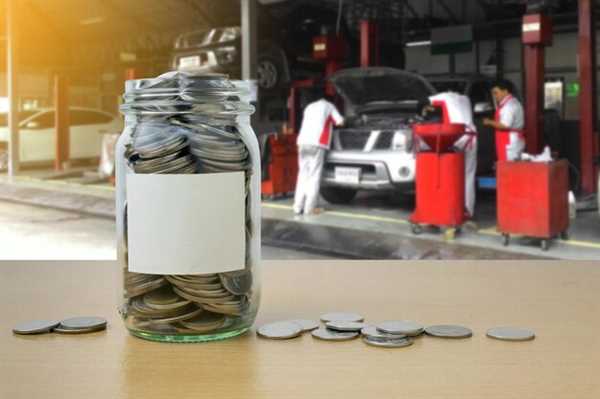
If you’re looking to manage your spending on vehicle fixes, focus on sourcing parts from reputable salvage yards. These establishments offer quality components at a fraction of the retail price, making it easier to stick within your financial limits while getting necessary items.
Consider negotiating labor rates with mechanics. Often, shops are open to discussion, especially if you’re willing to bring your own parts. This approach can significantly lower the final bill and keep your budget intact while completing the needed work.
Don’t underestimate the power of DIY methods. Many repairs, from changing oil to replacing batteries, can be tackled by car owners with the right tools and a bit of research. This hands-on approach can save you a considerable amount on labor expenses.
Always shop around for quotes before committing to a service. Different garages might offer varying prices for similar services. By comparing estimates, you can identify the most budget-friendly options available without sacrificing quality.
Finally, maintain regular check-ups to catch issues early. Addressing potential problems before they escalate into major repairs can help you avoid hefty charges down the line, keeping your repair budget under control.
Assessing the Damage to Prioritize Repairs

Begin with a meticulous examination of the affected areas. Identify structural issues that may compromise safety. Use a checklist to note every dent, scratch, or functional problem. This ensures nothing is overlooked.
Next, categorize the findings into three groups: critical, necessary, and cosmetic. Focus immediately on critical repairs that impact drivability and safety. Necessary fixes can be scheduled after securing safety, while cosmetic touch-ups can wait longer.
Utilize online resources to check the average expenses for the identified repairs. This benchmarking helps in allocating your budget more effectively and sets realistic expectations for total expenses.
Consult professionals for a second opinion on the severity of the damage and repair scope. Expert assessments can save on unnecessary expenditure by guiding you toward the most vital adjustments.
Finally, keep track of all quotes received and compare them. This will provide leverage in negotiations and help in making informed decisions on which services will yield the best value for your financial plan.
Finding Affordable Parts Without Sacrificing Quality

Investigate local auto salvage yards for used components. Often, you can find parts in excellent condition for a fraction of the price of new ones. Ensure you ask about warranties and return policies to safeguard your purchase.
Consider online marketplaces and classified ads, which can offer cheaper options from individual sellers. Look for reputable sellers and read reviews to assess the quality of the parts they provide.
Utilize aftermarket parts that meet or exceed OEM specifications. These alternatives can significantly lower expenses while maintaining durability and performance standards. Always research brands and seek recommendations to avoid low-quality items.
Network with automotive enthusiasts or local mechanics; they can often provide leads on affordable sources or even sell parts directly. Join forums or social media groups focused on your vehicle model for additional insight.
Take advantage of seasonal sales or promotions from auto parts retailers. Subscribing to newsletters or following these companies on social media can keep you informed about discounts and special offers.
DIY Techniques for Simple Fixes and Maintenance
One effective method for minor repairs is using duct tape for temporary fixes on hoses or exteriors. This quick solution can buy time until proper parts are sourced.
Replace air filters regularly to maintain engine performance. This task is straightforward and can significantly improve fuel efficiency.
Learn to patch small dents with a hairdryer and ice technique. Heat the area, then cool it rapidly to allow metal to reshape itself without professional help.
Check and tighten loose screws or bolts in various components. Often, vibrations cause these to come undone, so periodic checks can prevent further damage.
Flush the coolant system using a garden hose. This can clear out debris and buildup, ensuring optimal cooling performance during high temperatures.
Inspect and change your wiper blades yourself. This simple action enhances visibility and can be done in minutes with little cost.
Use soapy water to locate leaks in tires by applying the mixture to the surface. Bubbles will indicate problem areas, allowing you to patch them efficiently.
Regularly checking and topping off fluids like oil and brake fluid can prevent more serious issues down the line, keeping vehicular systems functioning smoothly.


